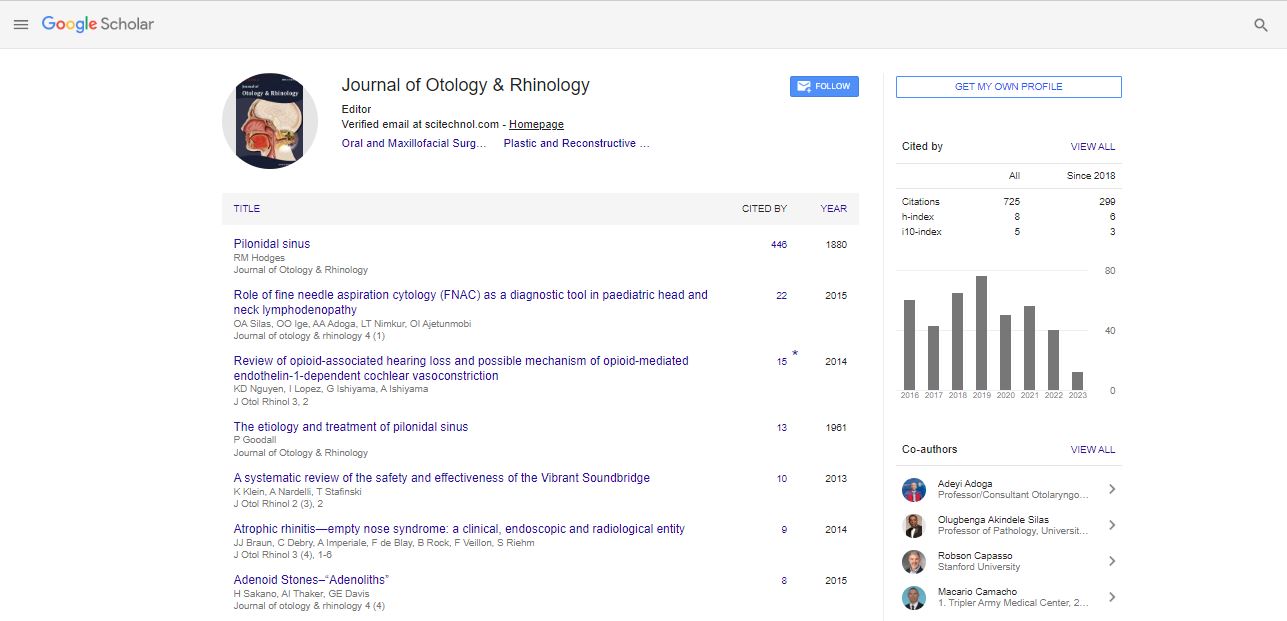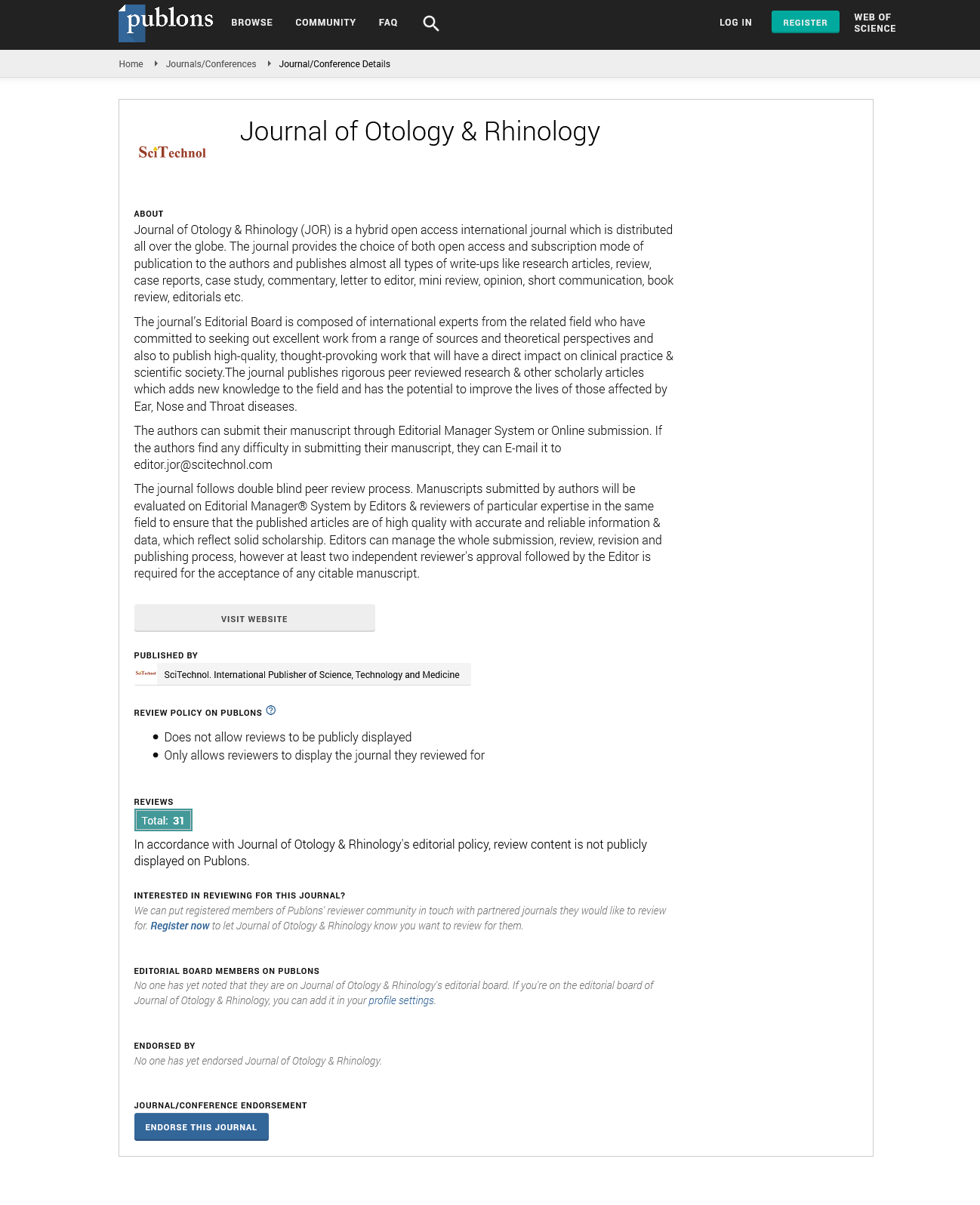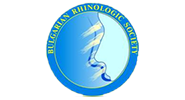Assessing children for surgery for sleep disordered breathing
Patrick JD Dawes, B Chan, B Galland, L Smith, S Measen, B McCane and P J D Dawes
University of Otago, New Zealand
:
Abstract
Sleep disordered breathing (SDB) encompasses a spectrum of breathing patterns ranging from primary snoring, upper airways resistance syndrome (UARS), through to obstructive sleep apnoea (OSA). Primary snoring and OSA are associated with adverse effects on attention, behavior and educational attainment. Predicting who will benefit from intervention is difficult. History and clinical examination are unreliable, polysomnography (PSG) is time consuming and expensive and does not detect UARS. Pulse transit time (PTT) measures the time for pulse waveform to travel from the heart to a distal point (e.g., finger). During sleep arousal autonomic activity increases blood pressure, reflected in a shortened PTT. These alterations can be categorized and scored as the PTT-arousal index (PTT-AI). Pediatric sleep questionnaires have been validated against PSG and studies have shown improved scores following adentonsillectomy (TA). Previous studies have had no control group and it has been argued that improved scores may be due to craniofacial growth rather than surgical intervention. We have used PTT and sleep questionnaires to assess children with SDB, relating these to the AHI. Our first study showed PTT-AI correlated well with AHI>3/h, below this level correlation was poor. A repeat study did not reconfirm this and currently the value of PTT is uncertain but warrants further investigation. Using the pediatric sleep questionnaire (PSQ), OSA-18 questionnaire, the modified Epworth Sleepiness Scale and PSG, we assessed the impact of TA on SDB; comparing children undergoing TA to children without SDB. The unadjusted results showed significant improvement in both PSG and questionnaire scores within the surgical group. After adjusting for the discrepant group sizes, results trended towards significance, but only PSQ remained so (p<0.01). In conclusion, to assess which children will achieve good benefit following TA for SDB, the PSQ is the current, most reliable predictor.
Biography
Patrick JD Dawes is an Associate Professor and Specialist Otolaryngologist at University of Otago, and Dunedin Hospital, Dunedin, New Zealand. He studied Medicine at Royal Free Hospital School of Medicine, University of London, UK. He undertook his Otorhinolaryngology-Head and Neck Surgery (ORLHNS) training in London, Bristol, Bath and Newcastle-upon-Tyne. He was Consultant at City Hospitals, Sunderland, UK for five years. He has a special interest in Otology and Otoneurology. His research topics include “Chronic otitis media, compartments of the neck, temporal bone anatomy and diseases of the tonsils, particularly the effects of adenotonsillar disease on childhood sleep and health”.
Email: patrickd@xtra.co.nz
 Spanish
Spanish  Chinese
Chinese  Russian
Russian  German
German  French
French  Japanese
Japanese  Portuguese
Portuguese  Hindi
Hindi 


